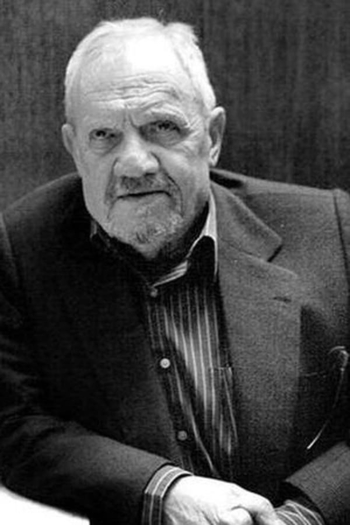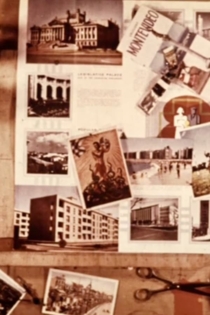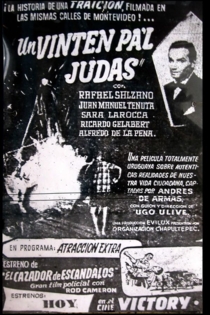
Ugo Ulive
1933 - 2018Como el Uruguay no hay
Ugo Ulive
Early on, Ugo Ulive, with his short film Como el Uruguay no hay (1960), seeks to raise awareness and involve the viewer in political action and its radical transformation. Through a collage of animations, archival footage and a counterpoint sound montage, Ulive attacks traditional left-wing and right-wing politics and exposes the contradictions of a pillar of national identity: Uruguay's famous democracy. Note that we are in 1960 and while the voice over presents Montevideo as "a small agitated city", the images show a tense scenario with social protests and a politicized urban space with the presence of mounted police.
Como el Uruguay no hay

Basta
Ugo Ulive
“Through the use of violent symbols (loosely associated with Artaud’s notion of cruelty), some of the consequences of the current social organization in Latin-America are exposed: the alienation, marginalization and reification of men, and the continuous presence of imperialism, considered as rape.” (UU)
Basta

Un Vintén pa’l Judas
Ugo Ulive
Rafael Salzano, Juan Manuel Tenuta
Christmas Eve. The children ask for money for the Judas (Un Vintén pa’l Judas), and the protagonist, a failed tango singer without means or will to live, meets a friend, a public employee, in search of some rummage. This one asks him to buy a lottery. The tango singer, in need of money to buy a guitar to use in a singing contest, collects the winnings for himself, betraying the trust of his friend, in the same way as the Judas that the children burn on the streets.
Un Vintén pa’l Judas

Diamantes
Ugo Ulive
Diamantes, short produced by the ULA, registered the birth of a new town: San Salvador de Paul, the arrival of new residents, farmers who ventured in search of riches, merchants, gamblers, prostitutes, all trying to snatch the momentary wealth of those who discovered the mineral, typical image of underdevelopment.
Diamantes
